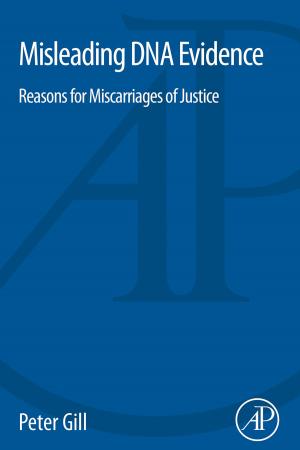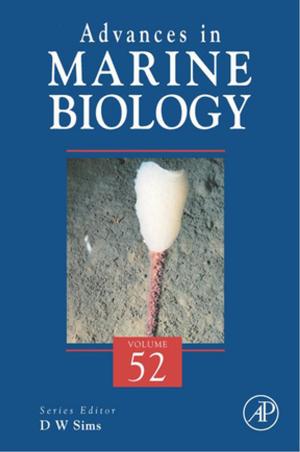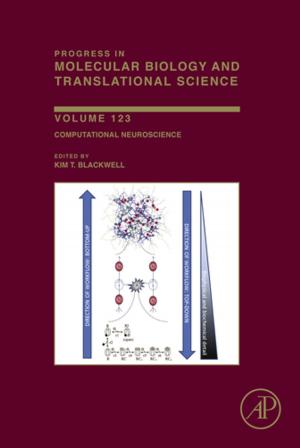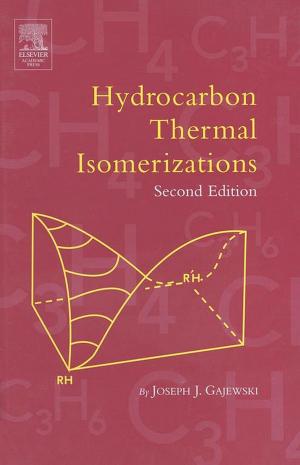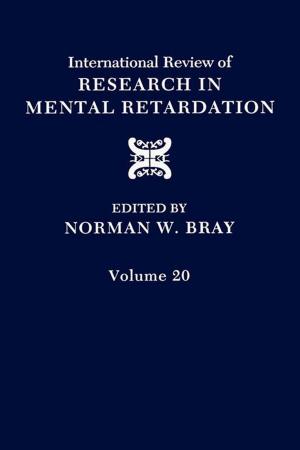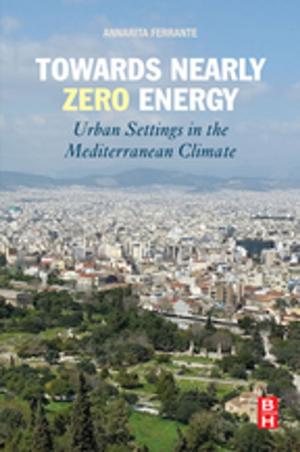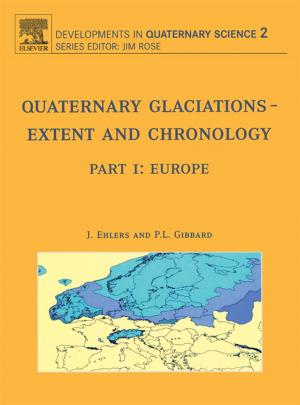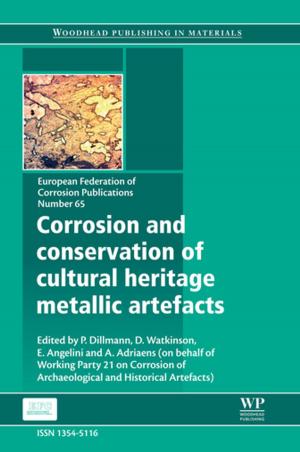Principles of Reinforced Concrete
Nonfiction, Science & Nature, Technology, Material Science, Engineering| Author: | Zhenhai Guo | ISBN: | 9780128009635 |
| Publisher: | Elsevier Science | Publication: | July 17, 2014 |
| Imprint: | Butterworth-Heinemann | Language: | English |
| Author: | Zhenhai Guo |
| ISBN: | 9780128009635 |
| Publisher: | Elsevier Science |
| Publication: | July 17, 2014 |
| Imprint: | Butterworth-Heinemann |
| Language: | English |
Principle of Reinforced Concrete introduces the main properties of structural concrete and its mechanical behavior under various conditions as well as all aspects of the combined function of reinforcement and concrete. Based on the experimental investigation, the variation regularity of mechanical behavior, working mechanism, and calculation method are presented for the structural member under various internal forces. After examining the basic principle and analysis method of reinforced concrete, the book covers some extreme circumstances, including fatigue load, earthquake, explosion, high temperature (fire accident), and durability damage, and the special responses and analysis methods of its member under these conditions.
This work is valuable as a textbook for post-graduates, and can be used as a reference for university teachers and under-graduates in the structural engineering field. It is also useful for structural engineers engaged in scientific research, design, or construction.
- Focuses on the principles of reinforced concrete, providing professional and academic readers with a single volume reference
- Experimental data enables readers to make full use of the theory presented
- The mechanical behavior of both concrete and reinforcement materials, plus the combined function of both are covered, enabling readers to understand the behaviors of reinforced concrete structures and their members
- Covers behavior of the materials and members under normal and extreme conditions
Principle of Reinforced Concrete introduces the main properties of structural concrete and its mechanical behavior under various conditions as well as all aspects of the combined function of reinforcement and concrete. Based on the experimental investigation, the variation regularity of mechanical behavior, working mechanism, and calculation method are presented for the structural member under various internal forces. After examining the basic principle and analysis method of reinforced concrete, the book covers some extreme circumstances, including fatigue load, earthquake, explosion, high temperature (fire accident), and durability damage, and the special responses and analysis methods of its member under these conditions.
This work is valuable as a textbook for post-graduates, and can be used as a reference for university teachers and under-graduates in the structural engineering field. It is also useful for structural engineers engaged in scientific research, design, or construction.
- Focuses on the principles of reinforced concrete, providing professional and academic readers with a single volume reference
- Experimental data enables readers to make full use of the theory presented
- The mechanical behavior of both concrete and reinforcement materials, plus the combined function of both are covered, enabling readers to understand the behaviors of reinforced concrete structures and their members
- Covers behavior of the materials and members under normal and extreme conditions


